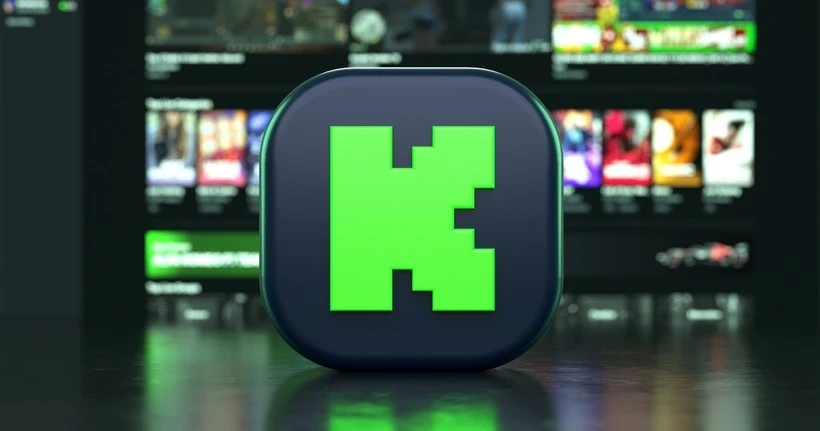While Kick.com only has an age minimum of 13 in the United Kingdom, some of the content is not appropriate for under-18s. Additionally, the platform is still fairly new, which means it might lack robust safety features. In fact, there on-platform reporting function only came into play a year after launch.
If your child uses or wants to use Kick’s streaming service, you should know about the following risks.
Online gambling
The Kick streaming platform has close links with a popular gambling site. However, the gambling site does not own Kick. Instead, the owner of Kick also founded the gambling site. Some suggest that Kick is just another way to direct users towards the gambling site.
On the Kick.com website, gambling is a clear focus. For instance, the number one category under ‘Top Live Categories’ is ‘Slots & Casino’. In this section, creators must mark all content as for over-18s.
Under this category, creators live stream themselves engaging in gambling. While users will get a notification to say the content is for over-18s, there are no real restrictions. In fact, you can already see the chat before clicking ‘Start watching’.
Moreover, popular creators often show large wins, which might influence minors to try their hand at these same games.
Inappropriate content
VoiceBox said they found streams of creators video-chatting with girls in their underwear. Other streams included sexual gestures, movements and noises. Some live streams also feature sexually suggestive material without an 18+ warning. Other streams feature random chats on platforms similar to the now-closed Omegle.
This content is often:
- easily accessible;
- not always properly labelled; and
- available to all users.
As such, children might stumble across adult content. More popular platforms have stricter rules, which reduces the likelihood of them coming across such content. However, this doesn’t mean the risk is 0%, so regular conversations and parental controls are vital.
Hate speech and hateful behaviours
Kick’s Community Guidelines warn against violence and hate speech on the platform. However, this is not always enforced. In fact, the same guidelines highlight that “context is critical in determining the occurrence of hate-speech.” As such, the platform might allow certain hate speech in the right context, though it’s unclear what that is.
VoiceBox’s investigation highlighted misogynistic and anti-LGBTQ+ language among popular creators and their followers. There were also cases of racist language as well as references to rape and suicide.
Learn more about hate in online spaces.
While this kind of behaviour is not only on Kick.com, it does seem to be more widespread than some similar platforms.
That being said, they recognise they are a newer platform. Therefore, they might introduce changes to counteract dangerous content down the line.






